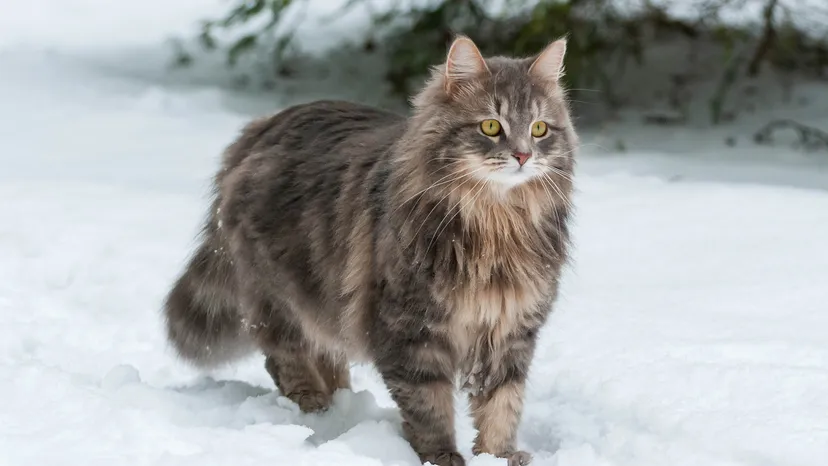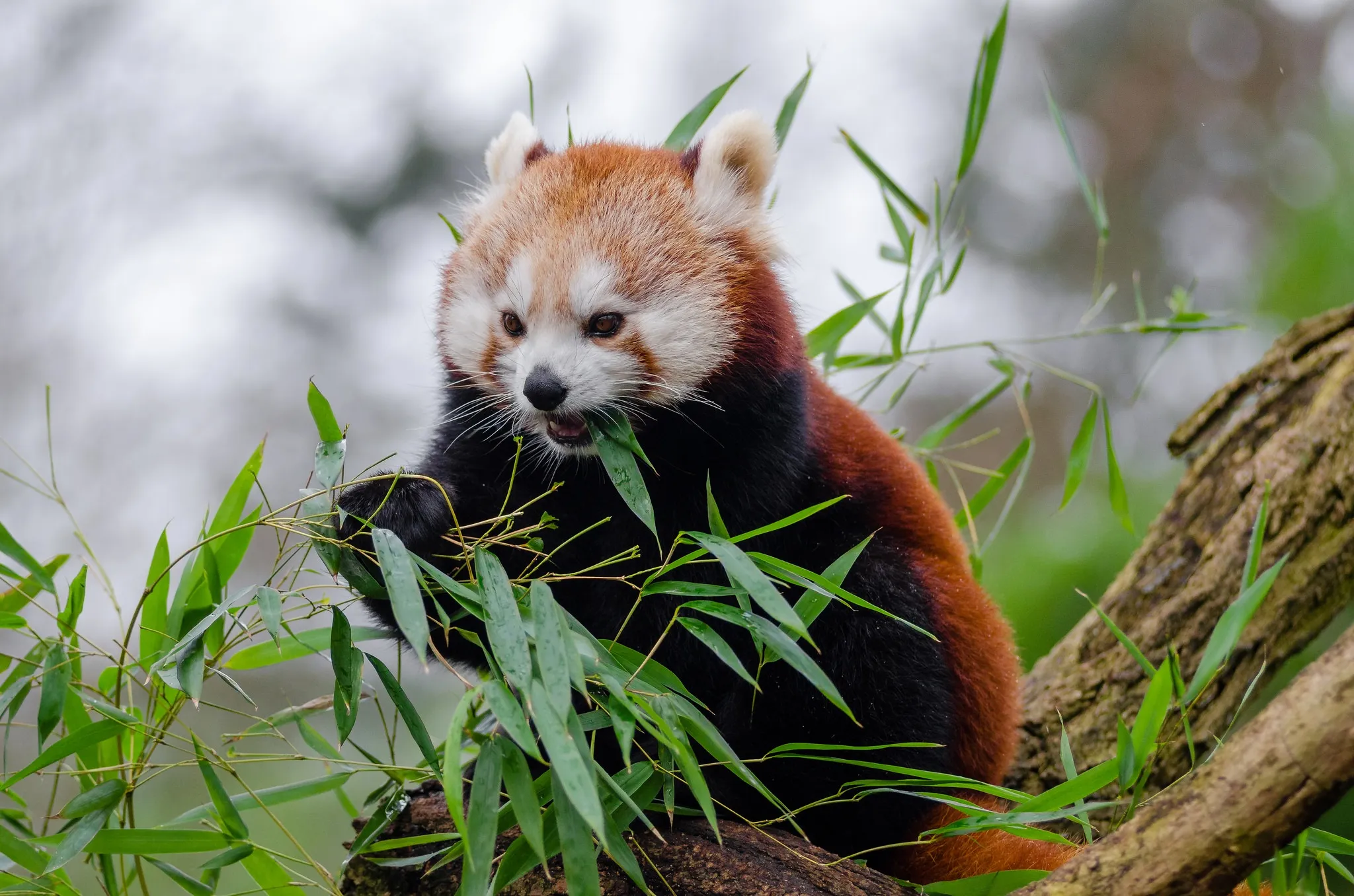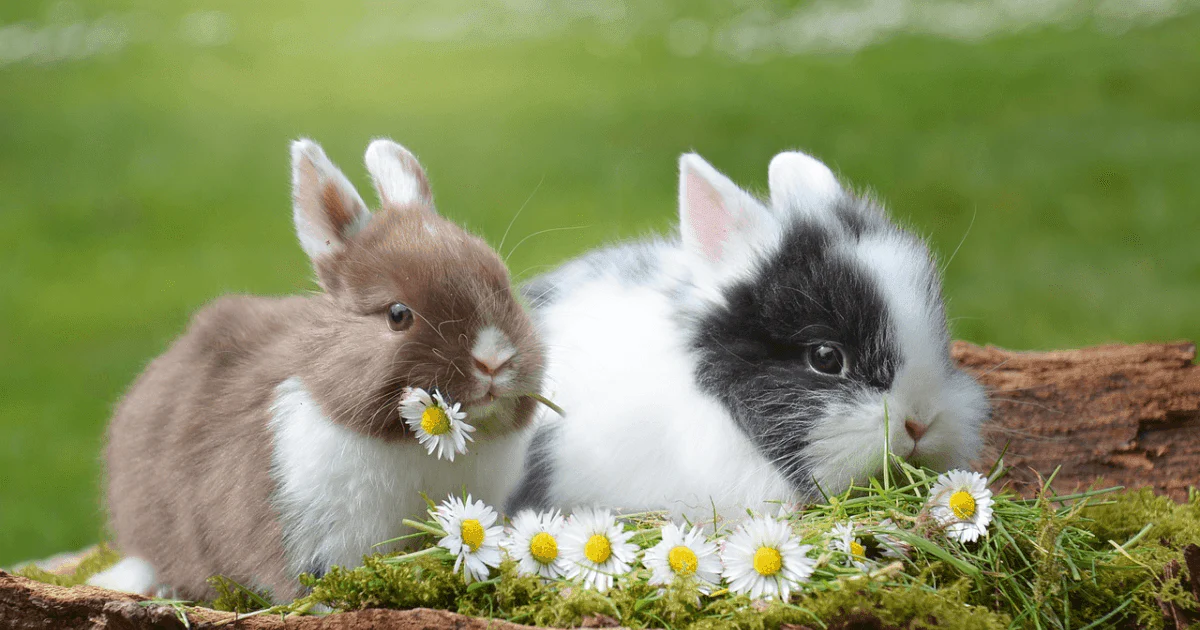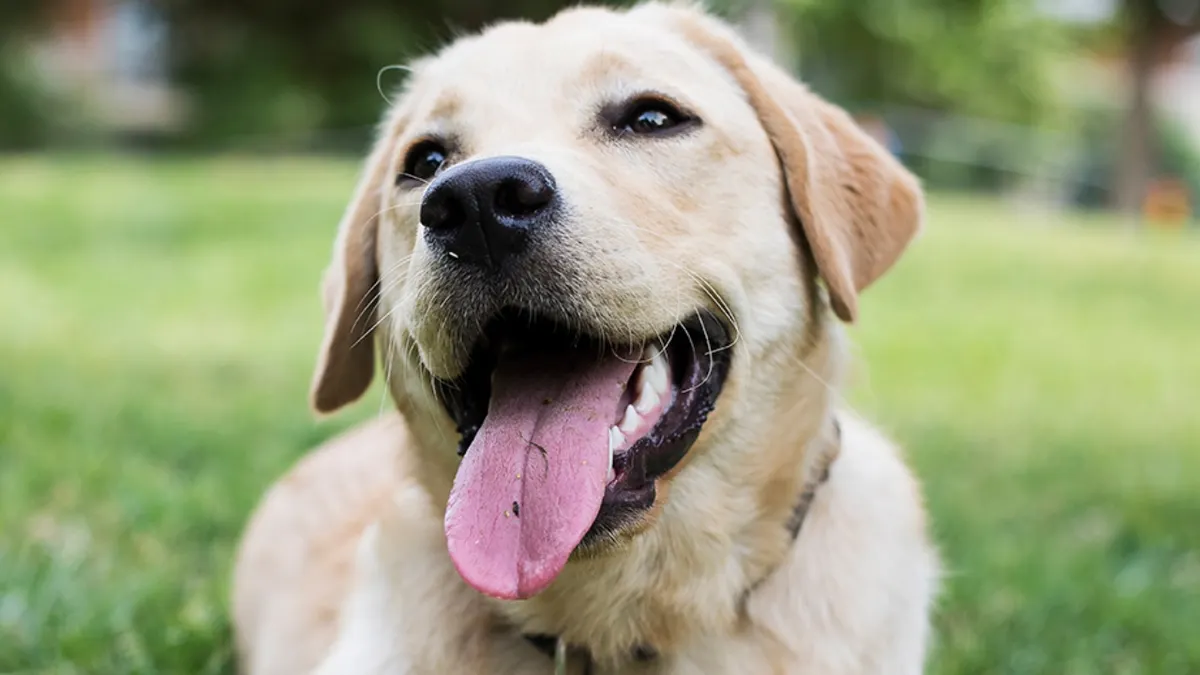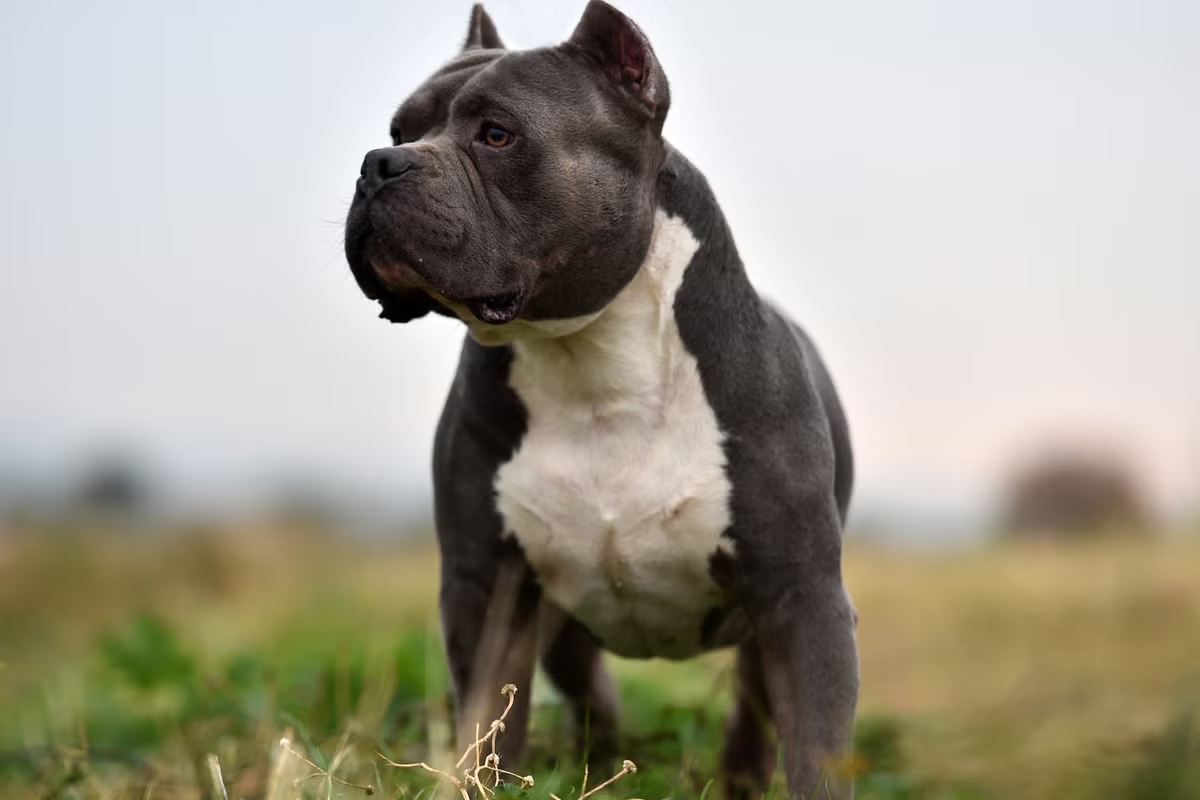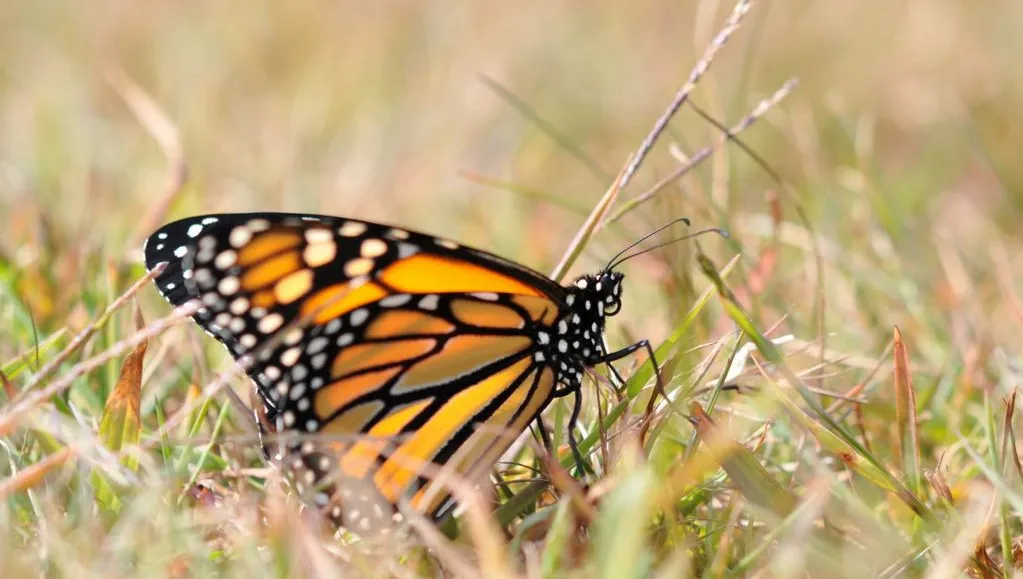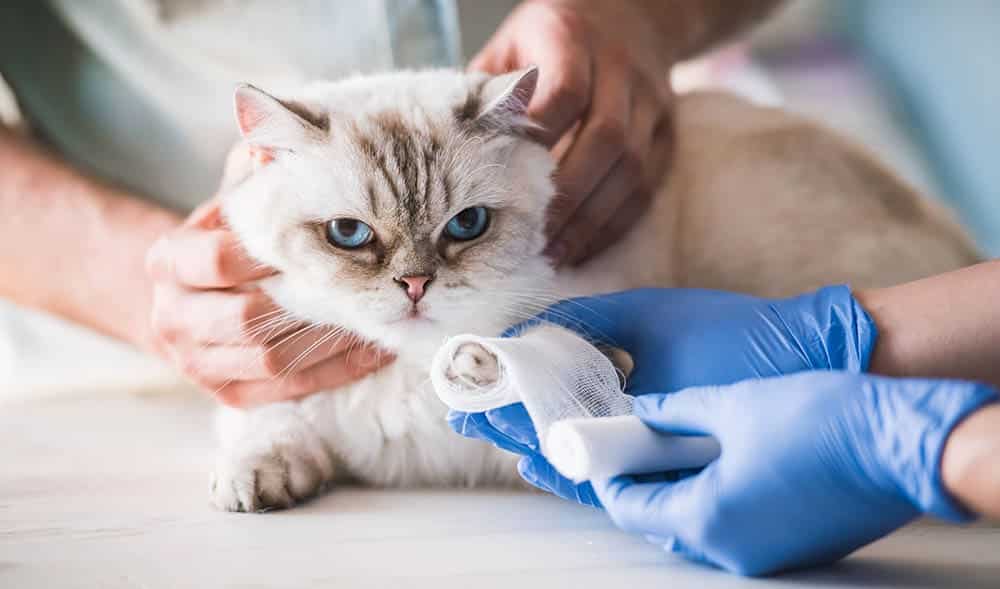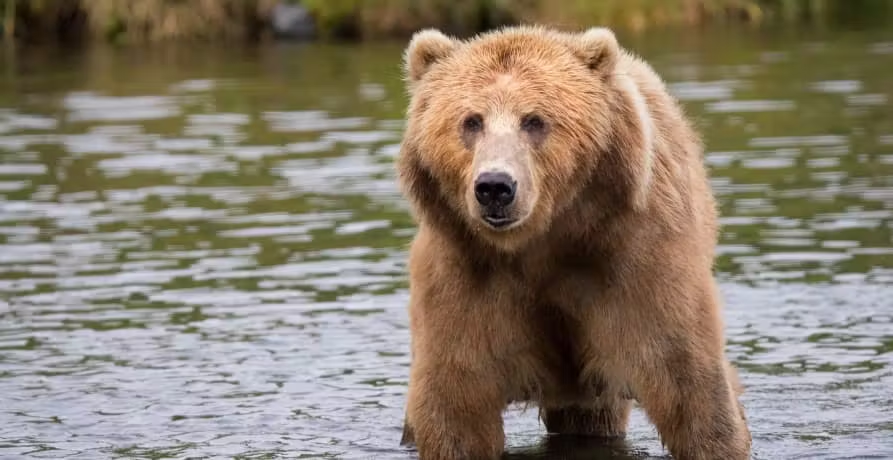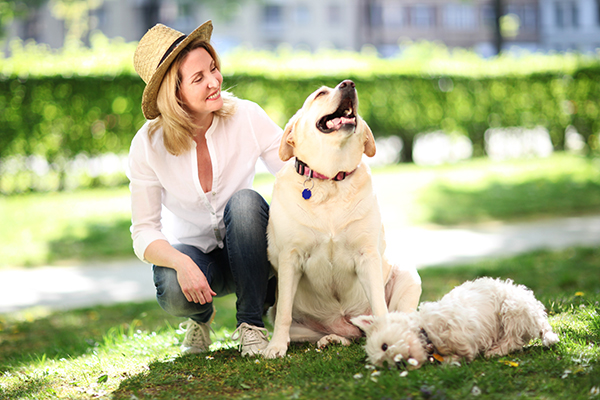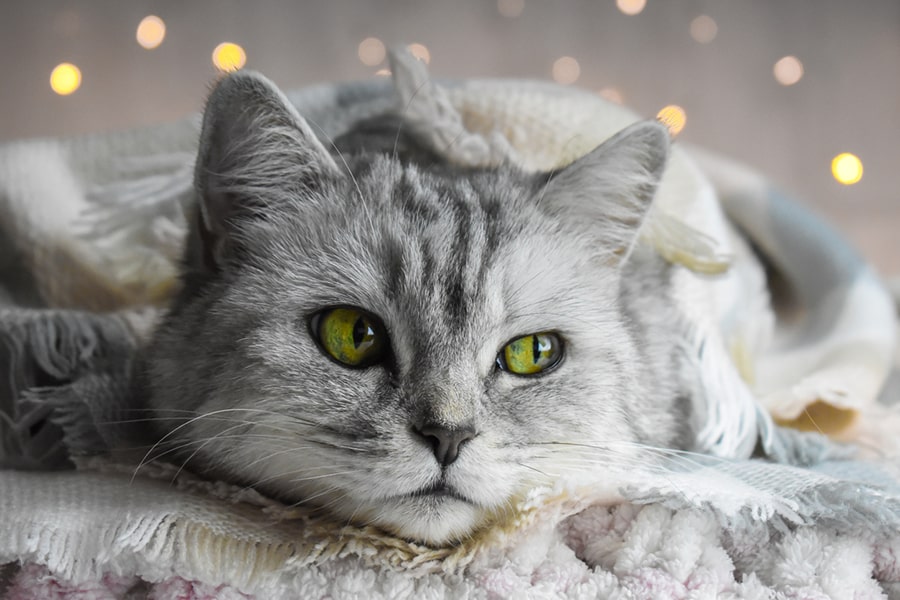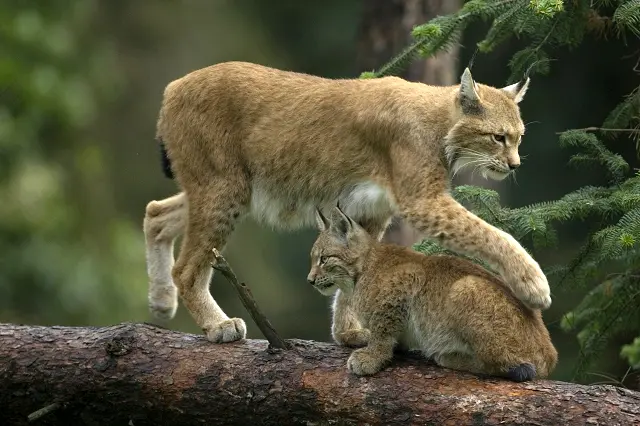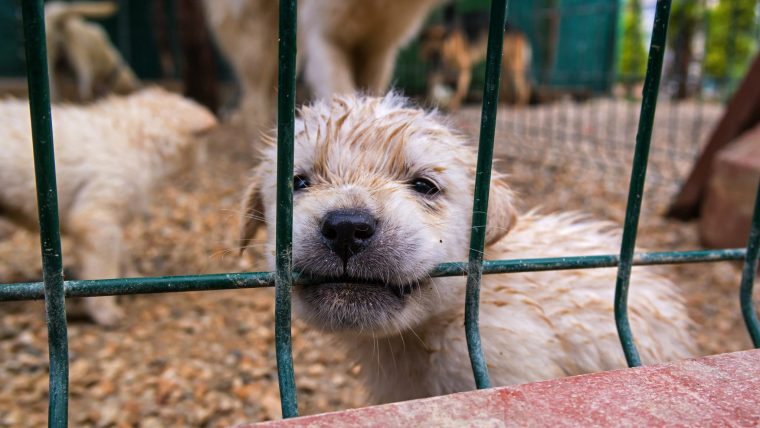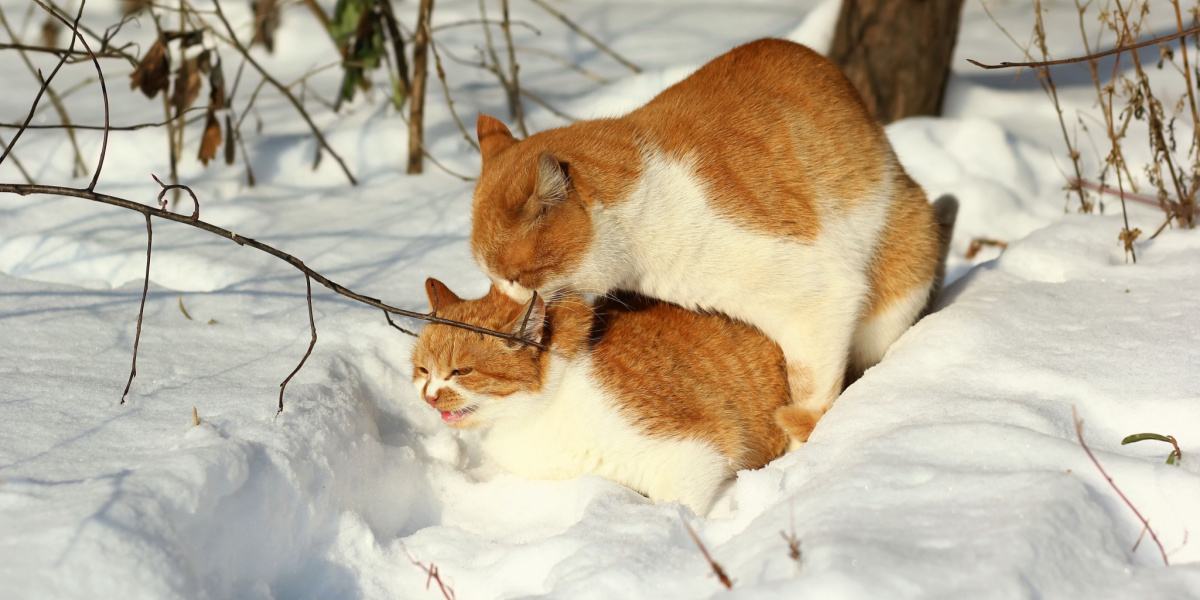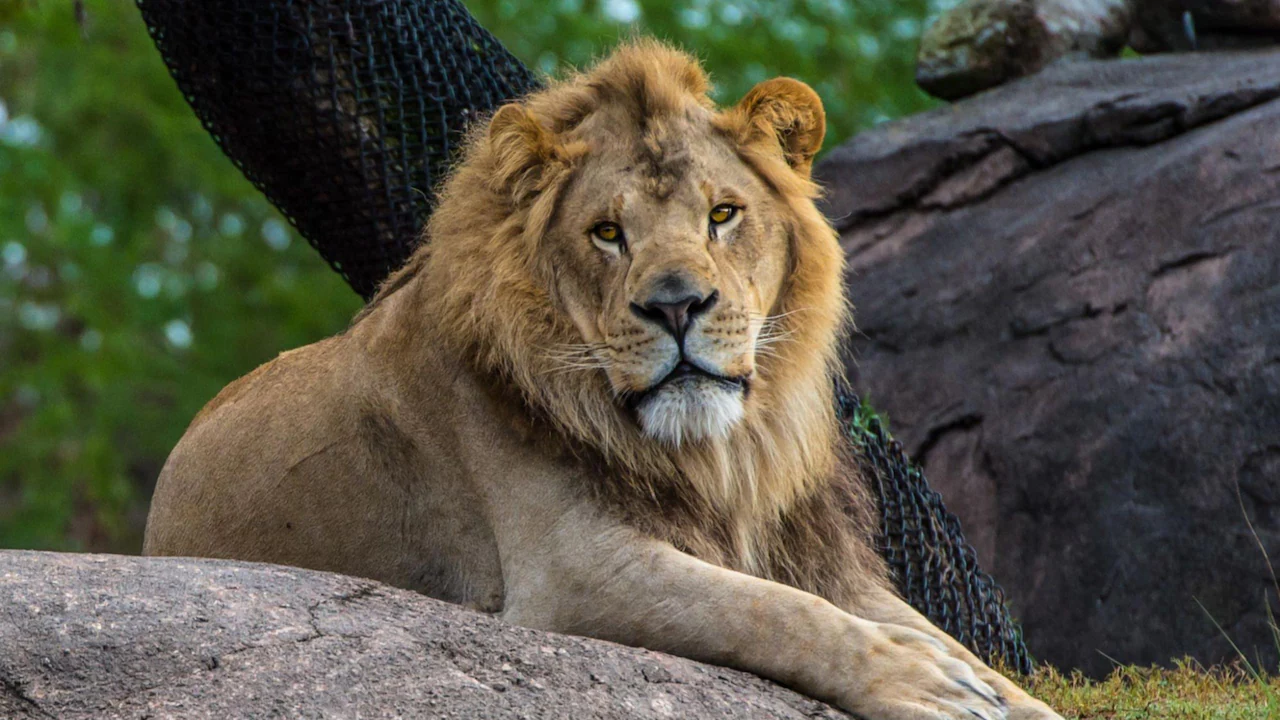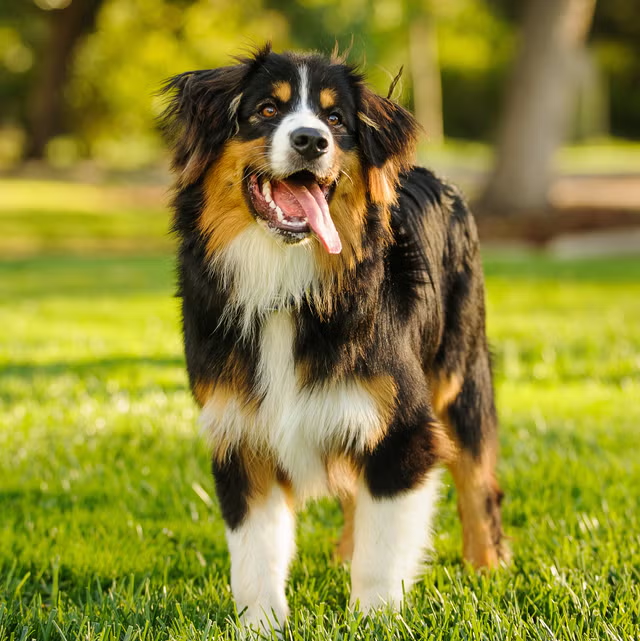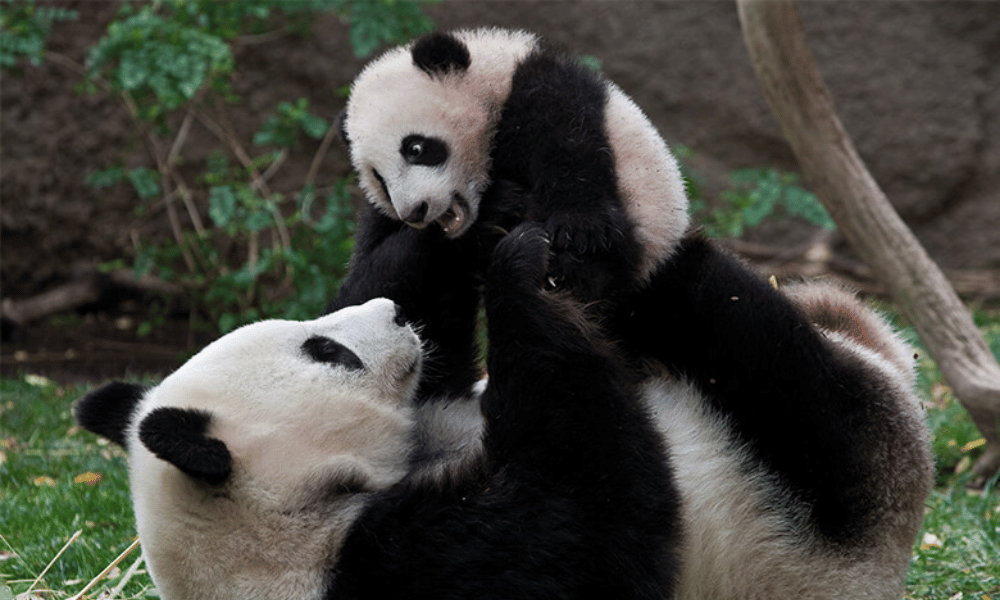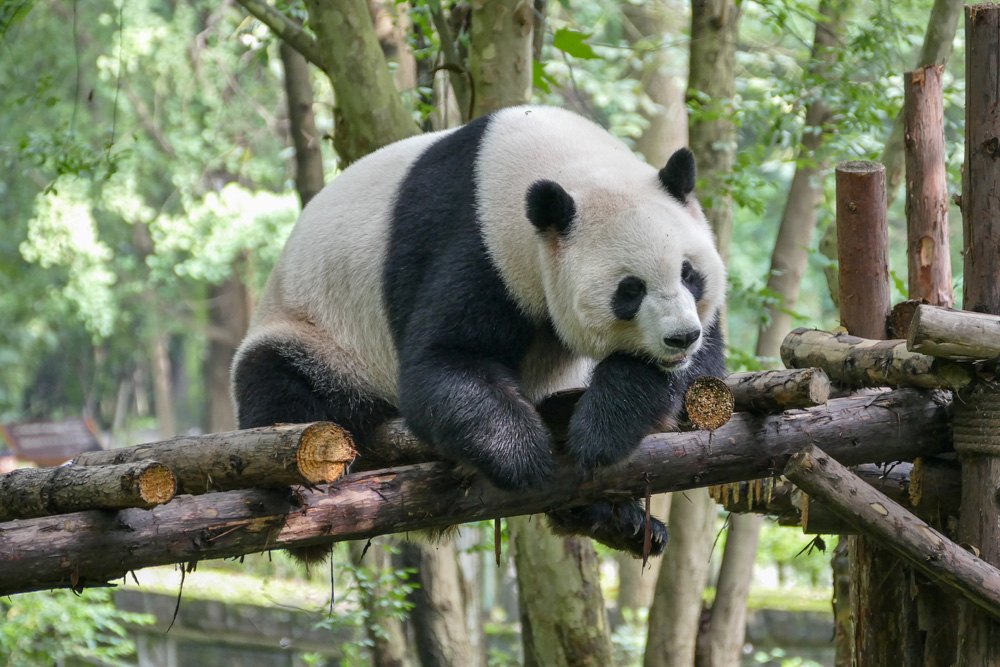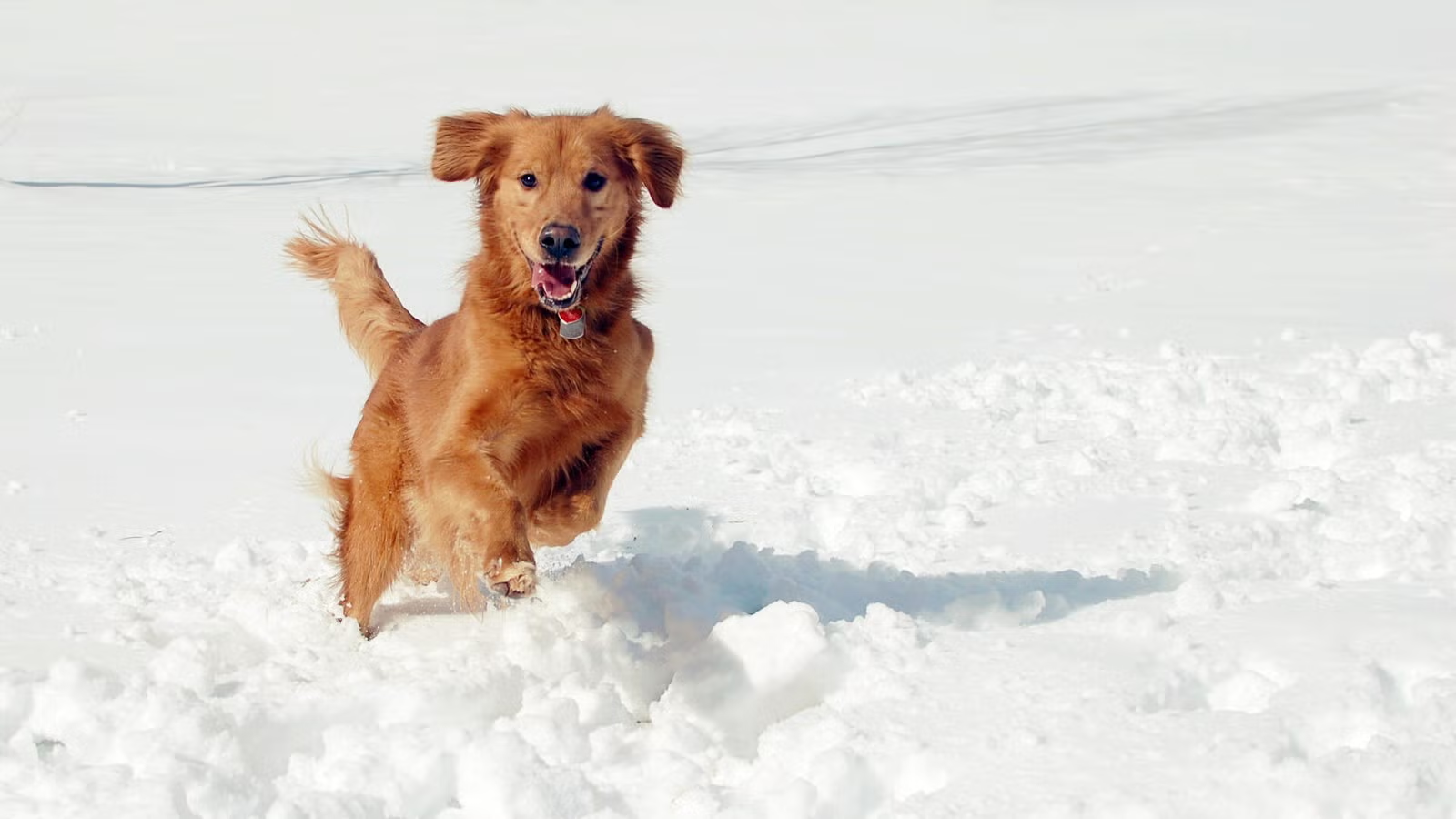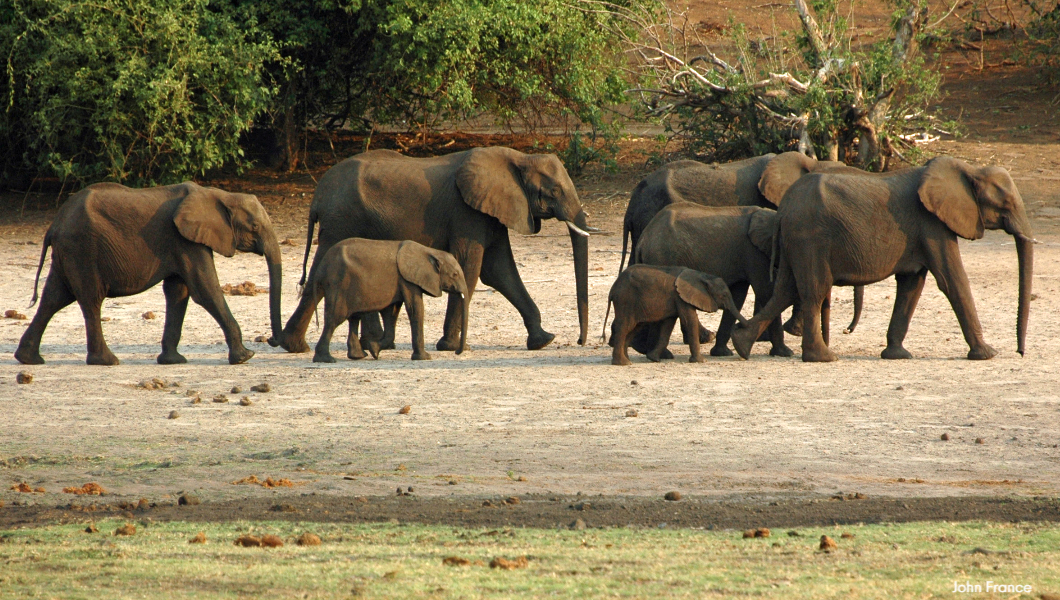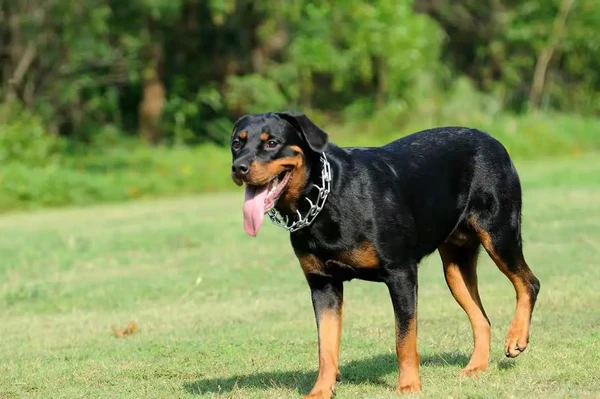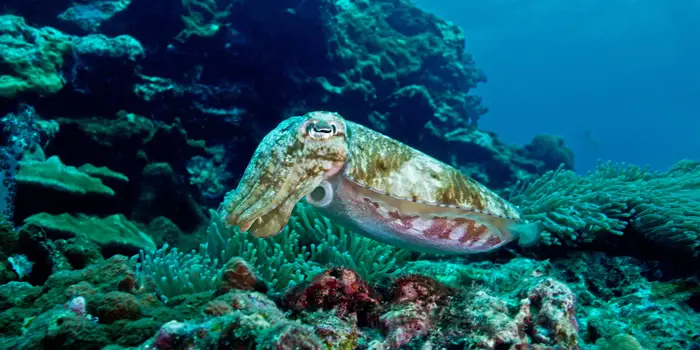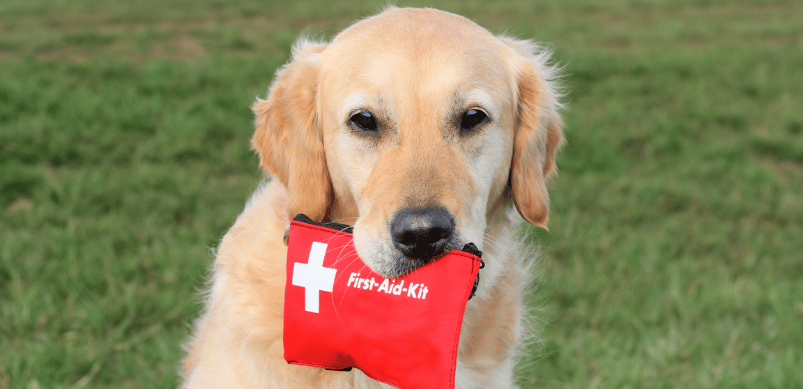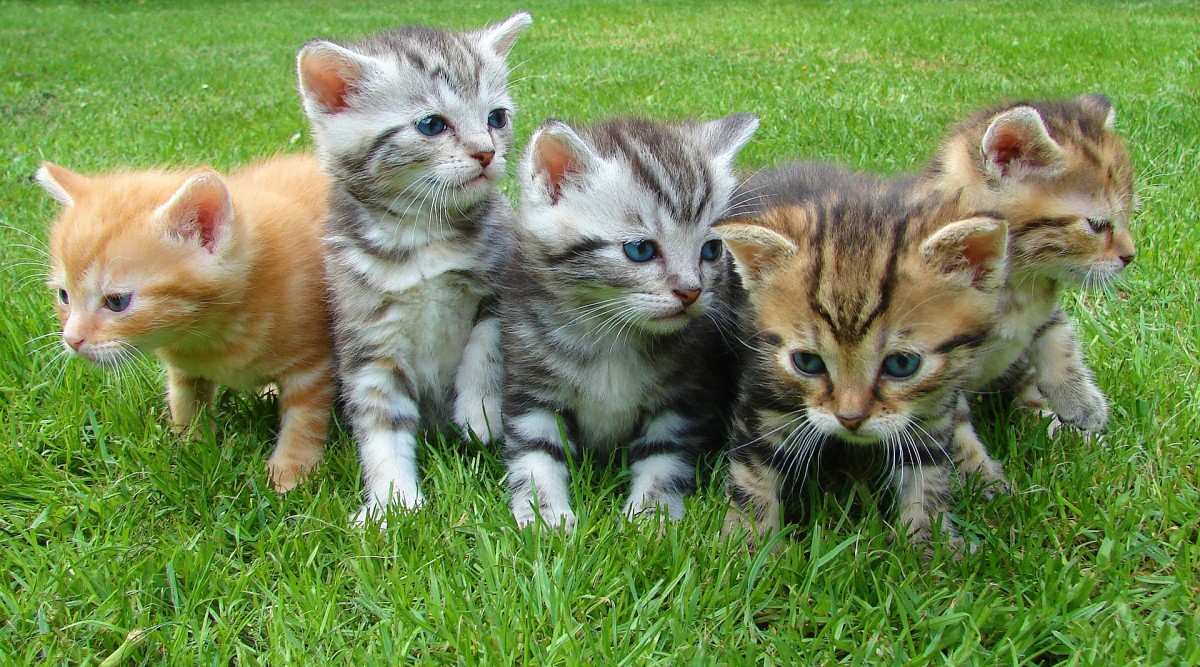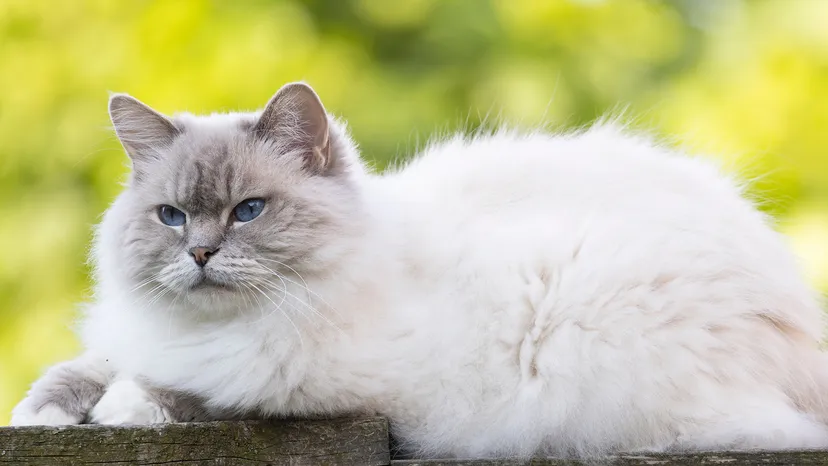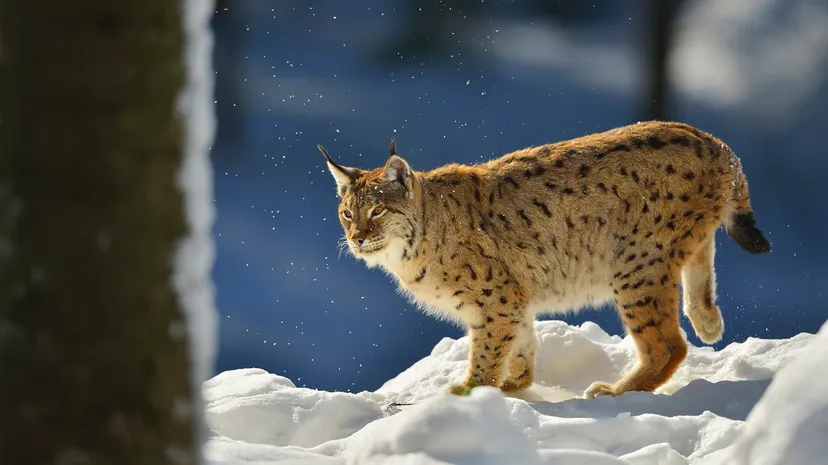The Purr-fect Companions in American Homes
Cats have a special way of stealing our hearts, curling up in our laps, and claiming our homes as their own. With over 73.8 million domestic cats in the U.S., it’s no surprise that certain breeds (and non-breeds) dominate households. This article dives into the 10 most common cat breeds in American homes, exploring their unique traits, care needs, and why they’re so beloved. Whether you’re a cat lover or considering adopting, let’s meet these furry friends who make every day a little brighter.
Domestic Shorthair: The All-American Mutt
The Most Common Feline Friend
Domestic Shorthairs, often called “moggies,” make up about 95% of U.S. cats, topping the list due to their mixed heritage. These cats come in every color and pattern, from tabby stripes to solid black, with short, sleek coats. My own tabby, Luna, strutted into my life from a shelter, proving their adaptability and charm.
Why They’re So Popular
Their diverse gene pool makes Domestic Shorthairs hardy, with lifespans of 12–20 years. They’re low-maintenance, needing minimal grooming, and their personalities vary from cuddly to independent. This versatility makes them perfect for any home, from apartments to sprawling houses.
Care Tips for Domestic Shorthairs
Regular brushing keeps their coats shiny, while interactive toys satisfy their hunting instincts. Watch their diet to prevent obesity, a common issue. Shelters like the ASPCA are great places to find these lovable mutts, often for under $100.
Domestic Longhair: Fluffy and Fabulous
The Long-Haired Cousin
Domestic Longhairs, like their shorthair counterparts, aren’t a specific breed but a mix of non-pedigreed cats with luxurious, long coats. They’re common in U.S. homes, especially in cooler climates, thanks to their fluffy fur. Their varied looks, from tortoiseshell to calico, add to their appeal.
Grooming Needs
Their long coats require daily brushing to prevent mats and hairballs. My friend’s Longhair, Muffin, needed regular grooming sessions, which doubled as bonding time. A steel comb and de-shedding tools, like the Furminator ($30–$50), work wonders.
Personality Traits
These cats are often curious and affectionate but can be independent. They thrive with scratching posts and perches to explore. Their adaptability makes them ideal for families or solo owners looking for a low-cost, loving pet.
Maine Coon: The Gentle Giant
America’s Native Showstopper
Maine Coons, one of the largest domesticated breeds, are a U.S. favorite, known for their impressive size (up to 25 pounds) and tufted ears. Often called “gentle giants,” they’re a top pick for their friendly nature. Their history traces back to 19th-century New England, where they hunted barn rats.
Unique Characteristics
Their long, bushy tails and water-repellent coats make them stand out. Many are polydactyl, with extra toes that aid in hunting. Maine Coons love water, often splashing in sinks, which always made my neighbor’s cat, Teddy, a riot to watch.
Care and Maintenance
Their thick fur needs weekly brushing, and high-protein diets support their active lifestyle. Maine Coons cost $800–$2,000 from breeders, but rescues like Maine Coon Adoptions offer affordable options. They’re great for families who can handle their size.
Siamese: The Chatty Aristocrat
Vocal and Elegant
Siamese cats, with their slender bodies, blue eyes, and “pointed” markings, are a beloved breed in the U.S. Originating from Thailand, they’re known for their intelligence and vocal “meezer” calls. My cousin’s Siamese, Sassy, never failed to “talk” during dinner.
Social and Loyal
Siamese are extroverts, bonding closely with owners and sometimes suffering separation anxiety. They need companionship, making them ideal for multi-pet homes. Puzzle toys and interactive play keep their sharp minds engaged.
Where to Find Siamese
Reputable breeders charge $600–$1,500, but Siamese Cat Rescue Center offers rescues for less. Their short coats need minimal grooming, but regular dental care is key to prevent periodontal issues common in the breed.
Ragdoll: The Cuddly Flop
The Ultimate Lap Cat
Ragdolls, named for their tendency to go limp when held, are a top breed for their docile, dog-like personalities. Their fluffy coats and striking blue eyes make them a favorite in U.S. homes. They’ve held the Cat Fanciers’ Association’s top spot for years.
Why Ragdolls Shine
Their affectionate nature suits families and kids, as they rarely scratch. Their colorpoint coats, lighter bodies with darker faces, are low-shed but need weekly brushing. Ragdolls are indoor cats, living 12–17 years with proper care.
Cost and Care
Ragdolls range from $800–$2,500 from breeders, but shelters sometimes have them for $100–$300. High-quality wet food, like Royal Canin ($20–$40/month), supports their health. Provide cat trees for climbing to keep them happy.
Persian: The Regal Beauty
Luxurious and Laid-Back
Persians, with their long, flowing fur and flat faces, are a mainstay in U.S. homes, prized for their calm demeanor. Their elegant appearance, seen in countless cat shows, makes them a favorite. A friend’s Persian, Princess, loved lounging like royalty.
Grooming Demands
Their coats require daily brushing to prevent mats, and their eyes need regular cleaning due to tear staining. Grooming tools like slicker brushes ($10–$20) are essential. Persians thrive in quiet homes, avoiding high-energy chaos.
Health Considerations
Persians are prone to polycystic kidney disease, so regular vet checkups are crucial. Breeders charge $1,000–$3,000, but Persian rescue groups offer affordable adoptions. Their low-energy nature suits apartment dwellers.
American Shorthair: The Classic Hunter
A True American Breed
American Shorthairs, descendants of cats brought on the Mayflower, are athletic and medium-sized, with short, plush coats. They’re the pedigreed version of Domestic Shorthairs, loved for their playful yet mild-mannered temperament. They’re a top 10 CFA breed.
Family-Friendly Traits
These cats are great with kids and other pets, thanks to their easygoing nature. Their hunting instincts make feather toys a hit. Their coats need weekly brushing, making them low-maintenance compared to long-haired breeds.
Where to Adopt
American Shorthairs cost $500–$1,200 from breeders, but shelters often have them for $50–$150. Check Petfinder.com for local listings. A balanced diet and regular play keep them healthy for 15–20 years.
Exotic Shorthair: The Lazy Man’s Persian
Persian Charm, Less Grooming
Exotic Shorthairs, bred from Persians, have short, plush coats and flat faces but require less grooming. Their round eyes and teddy-bear look make them a U.S. favorite. They’ve climbed CFA rankings for their low-maintenance appeal.
Personality and Care
Exotics are affectionate and docile, perfect for quiet households. Weekly brushing and occasional eye cleaning keep them in top shape. Their playful side loves laser pointers, but they’re happy lounging too.
Finding an Exotic
Breeders charge $1,200–$2,500, but Exotic Shorthair rescues offer adoptions for $100–$400. Their health needs mirror Persians, so monitor for respiratory or kidney issues. They’re ideal for owners wanting beauty without high upkeep.
Abyssinian: The Playful Explorer
Graceful and Energetic
Abyssinians, with their ticked coats and slender bodies, are among the oldest breeds, known for their high energy and curiosity. Their vibrant colors—cinnamon, fawn, or blue—make them stand out. They’re a consistent CFA top 10 breed.
Ideal Environment
Abyssinians need space to climb and play, thriving in active homes with cat trees or perches. Their intelligence demands puzzle toys, like treat-dispensing balls ($10–$20). They get along with kids and pets but hate being alone.
Adoption and Costs
Expect to pay $900–$2,000 from breeders, though rescues like Abyssinian Rescue Network have lower fees. Their short coats need minimal grooming, but regular vet visits catch potential heart issues early.
British Shorthair: The Teddy Bear Cat
Plush and Placid
British Shorthairs, with their dense, blue-gray coats and round faces, resemble cuddly teddy bears. Popular in the U.S., they’re known for their calm, loyal nature. Their sturdy build and low-maintenance fur make them a hit.
Living with British Shorthairs
These cats prefer lounging over leaping, suiting relaxed households. Their coats need weekly brushing, and a balanced diet prevents obesity. Interactive toys keep their minds engaged, though they’re less active than Abyssinians.
Where to Find Them
Breeders charge $1,000–$2,500, but shelters occasionally have British Shorthairs for $100–$300. Check CFA’s breeder directory or Petfinder.com. Their long lifespan (12–17 years) makes them a lasting companion.
Comparison: Top Breeds at a Glance
| Breed | Size | Coat Type | Temperament | Grooming Needs |
|---|---|---|---|---|
| Domestic Shorthair | Medium | Short | Varied, adaptable | Low |
| Domestic Longhair | Medium | Long | Curious, affectionate | High |
| Maine Coon | Large | Long | Friendly, playful | Moderate |
| Siamese | Medium | Short | Vocal, loyal | Low |
| Ragdoll | Large | Long | Docile, cuddly | Moderate |
Pros and Cons of Popular Cat Breeds
Pros:
- Diversity: Breeds like Domestic Shorthairs offer varied looks and personalities, fitting any lifestyle.
- Companionship: Ragdolls and Siamese provide strong bonds, ideal for social owners.
- Low Maintenance: American Shorthairs and Exotics need minimal grooming, saving time.
Cons:
- Health Issues: Persians and Exotics may face respiratory or kidney problems.
- Cost: Purebreds like Maine Coons or Ragdolls can cost $1,000+, pricier than rescues.
- Energy Levels: Abyssinians require active homes, which may not suit everyone.
People Also Ask (PAA) Section
What is the most common cat breed in the U.S.?
Domestic Shorthairs dominate, making up 95% of U.S. cats due to their mixed heritage. They’re adaptable, hardy, and found in shelters nationwide. Their varied looks and personalities make them a top choice.
Which cat breed is best for families?
Ragdolls and Maine Coons are great for families, thanks to their gentle, kid-friendly natures. They’re affectionate and tolerant, thriving in busy homes. Always supervise young kids with any pet.
Are there hypoallergenic cat breeds?
No cat is fully hypoallergenic, but Siberians and Sphynx produce less dander, helping allergy sufferers. Regular grooming and air purifiers also reduce allergens. Consult a vet before choosing.
Where can I adopt popular cat breeds?
Shelters like the ASPCA or Petfinder.com offer Domestic Shorthairs and Longhairs for $50–$150. For purebreds, check breed-specific rescues or CFA’s breeder directory. Local shelters often have mixed breeds too.
Best Tools for Cat Owners
Essential Products
- Litter Boxes: Self-cleaning models like Litter-Robot ($500–$700) save time.
- Grooming Tools: Furminator de-shedding tools ($20–$50) work for long-haired breeds.
- Cat Trees: Armarkat trees ($50–$150) provide climbing space for active breeds.
Where to Buy
- Chewy: Offers discounts on food, toys, and litter with fast shipping.
- Petco/Petsmart: Stocks breed-specific foods and grooming supplies.
- Amazon: Has affordable accessories with user reviews for guidance.
Transactional Tip: Choosing Quality
Look for products with vet endorsements or 4+ star ratings from 500+ reviews. For example, Hill’s Science Diet for cats ($20–$40/month) is trusted for balanced nutrition across breeds.
A Personal Tale of Feline Love
When I adopted Luna, a Domestic Shorthair, from a local shelter, I wasn’t sure what to expect. Her tabby stripes and sassy attitude won me over, but it was her knack for curling up on my lap during tough days that sealed the deal. Learning about her “mutt” heritage and seeing how she fit into my life made me appreciate why these cats, and others like Maine Coons and Ragdolls, are so common. They’re not just pets—they’re family, each with a unique story to tell.
FAQ Section
What makes Domestic Shorthairs so common?
Their mixed heritage makes them hardy, adaptable, and widely available in shelters. They come in countless colors and personalities, fitting any home. They’re also low-cost, often under $100 to adopt.
Are purebred cats better than mixed breeds?
Purebreds like Persians have predictable traits, but mixed breeds like Domestic Shorthairs are healthier due to genetic diversity. Both make great pets, depending on your preferences and lifestyle.
How much do popular cat breeds cost?
Domestic Shorthairs and Longhairs cost $50–$150 at shelters, while purebreds like Maine Coons or Ragdolls range from $600–$3,000 from breeders. Rescues offer purebreds for less.
Where can I find these cat breeds?
Shelters like the ASPCA or Petfinder.com have Domestic Shorthairs and Longhairs. For purebreds, try breed-specific rescues or CFA’s breeder directory. Local humane societies are also great options.
What are the best cat breeds for first-time owners?
American Shorthairs and Domestic Shorthairs are ideal for beginners due to their low-maintenance care and friendly natures. Ragdolls are also great for their calm, affectionate demeanor.
Conclusion: Finding Your Feline Match
From the versatile Domestic Shorthair to the cuddly Ragdoll, the most common cat breeds in U.S. homes offer something for everyone. Whether you want a low-maintenance buddy or a fluffy companion, these felines bring joy and personality to any household. Visit Petfinder.com or your local shelter to meet your purr-fect match, and invest in quality care products to ensure a long, happy life together. Here’s to celebrating the cats that make our homes a little cozier!
